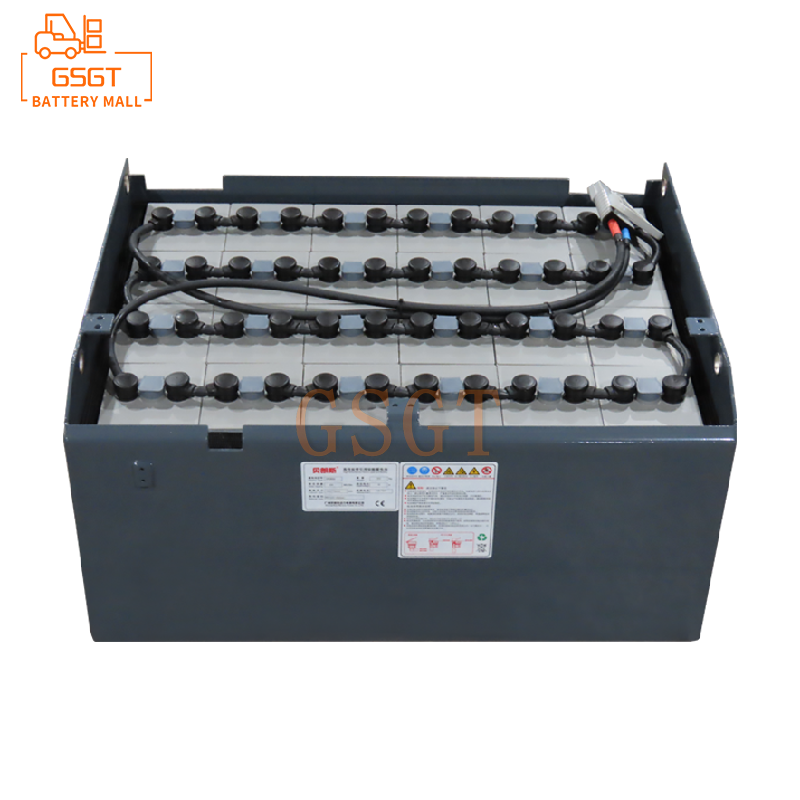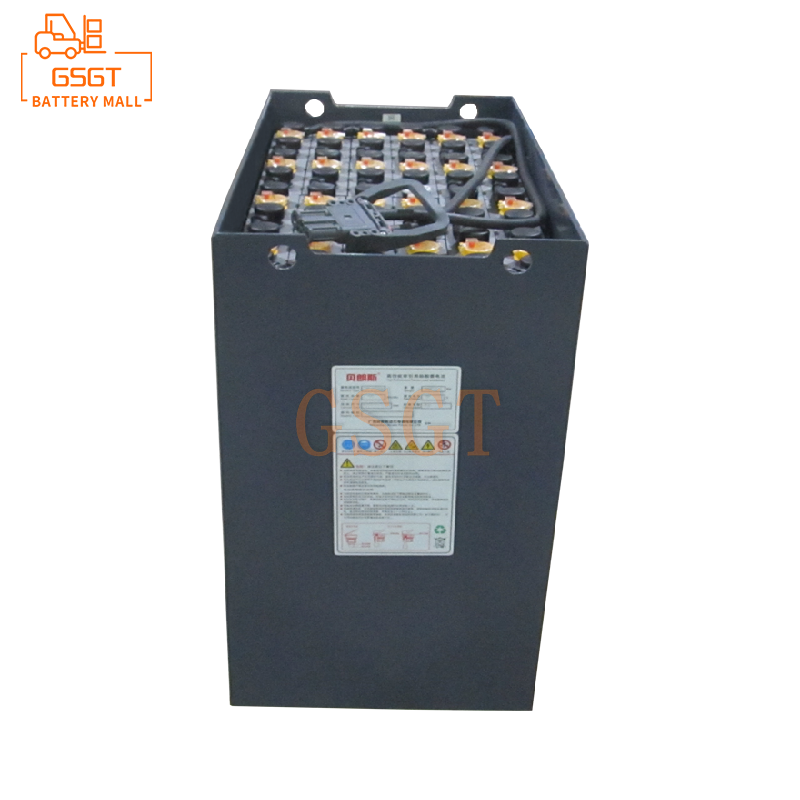Time:2025-07-17 14:50:58
Browse:616
In the logistics process of industrial production, forklifts play an indispensable role, and lead-acid batteries, as the power core of most forklifts, their capacity directly affects the forklift's endurance and operational efficiency. Once the battery capacity declines, it will not only increase the frequency of replacement and raise costs, but also may lead to production disruptions. Therefore, a thorough understanding of the factors influencing the capacity of lead-acid batteries in forklifts is of great significance for enterprises to ensure smooth production and reduce operating costs.
Temperature: A key factor influencing battery chemical reactions
The capacity of lead-acid batteries is closely related to temperature, and the chemical reaction efficiency inside them will change significantly with temperature variations. Within the normal operating temperature range (around 25℃), the reaction rate of the plates inside the battery and the ion migration rate of the electrolyte are in the optimal state, at which point the battery can release its rated capacity.
When the temperature drops below 25℃, the viscosity of the electrolyte will increase, the movement of ions will be hindered, and the chemical reactions on the plates will be difficult to proceed fully, resulting in a decrease in battery capacity. Data shows that when the temperature drops to 0℃, the battery capacity may only be 70% to 80% of its rated capacity. If the temperature drops further to -10 ℃, the capacity may even decline to less than 50%. This is also the main reason why the endurance of forklifts significantly decreases in the cold winter.
When the temperature exceeds 25℃, although the chemical reaction rate of the battery will accelerate in the short term and the capacity will increase slightly, the high temperature will accelerate the corrosion of the plates and the evaporation of the electrolyte. When exposed to high-temperature environments for a long time, the active substances inside the battery will age prematurely, and sulfation will occur on the plates, which in turn leads to a significant reduction in capacity and shortens the battery's service life.
Charging and discharging operations: The "Double-edged Sword" That Directly affects battery capacity
Charging and discharging are the core operations in the battery usage process. Improper operation will directly affect its capacity.
In terms of charging, using mismatched chargers, charging voltages that are too high or too low, and charging times that are too long can all cause damage to the battery capacity. If the charging voltage is too high, it will cause excessive gas evolution reactions inside the battery, leading to the shedding of active substances on the plates and reducing the battery's power storage capacity. If the charging voltage is too low, the battery cannot be fully charged. If it remains in an undercharged state for a long time, the plates will gradually sulfate and the capacity will gradually decline. In addition, although frequent fast charging can save time, it will cause a sudden increase in the internal temperature of the battery, accelerate the aging of the plates, and affect the stability of capacity.
Discharge operation is equally crucial. The depth of discharge is an important indicator affecting capacity. Over-discharge (i.e., discharging to a voltage lower than the specified value) will cause a large amount of lead sulfate crystals that are difficult to reduce to form on the plates. These crystals will adhere to the surface of the plates, hindering subsequent charge and discharge reactions and leading to irreversible capacity decline. In addition, high-current discharge (such as when a forklift is fully loaded and climbing a slope or frequently starts and stops) will cause a sharp drop in the internal voltage of the battery, intensify the polarization of the plates, and the actual discharged capacity will be much lower than the rated capacity. If this continues for a long time, it will seriously affect the battery performance.
The battery's own state: The intrinsic root cause of capacity attenuation
The state of the battery itself is the fundamental factor determining its capacity, mainly including the condition of the plates, the state of the electrolyte and the battery's sealing performance, etc.
The plates are the core components for storing and releasing electrical energy in batteries, and their condition directly affects the capacity. As the usage time increases, the plates will gradually show problems such as corrosion, deformation and the shedding of active substances. Corrosion of the plates will lead to a reduction in the effective reaction area, and the shedding of active materials will decrease the energy storage capacity of the plates, thereby resulting in a reduction in battery capacity.
The concentration and purity of the electrolyte also affect the battery capacity. Excessively high concentration of the electrolyte will accelerate the corrosion of the plates. If the concentration is too low, it will reduce the electromotive force of the battery and affect the capacity output. Meanwhile, if impurities are mixed into the electrolyte, it will trigger a local self-discharge reaction, consuming the internal electrical energy of the battery and leading to a decrease in capacity. In addition, poor battery sealing can lead to electrolyte leakage, which not only reduces the amount of electrolyte but also corrodes the internal structure of the battery, affecting its capacity.
Frequently Asked Questions
Is there a pattern to the capacity change of forklift lead-acid batteries at different temperatures?
There is a clear pattern. At a suitable temperature of around 25℃, the battery capacity can reach the rated value. As the temperature drops, the capacity gradually decreases, and the lower the temperature, the more obvious the capacity attenuation. When the temperature rises, the capacity will increase slightly in the short term, but being in a high-temperature environment for a long time will lead to a significant decline in capacity.
Is the impact of excessive discharge on the capacity of lead-acid batteries in forklifts irreversible?
Under normal circumstances, an occasional slight over-discharge may partially restore the battery capacity through the correct charging method. However, multiple over-discharges or deep over-discharges will cause a large amount of hard lead sulfate crystals to form on the plates. These crystals are difficult to restore through regular charging, thus resulting in irreversible capacity decline of the battery.
In conclusion, temperature, charging and discharging operations, as well as the battery's own condition, are the main factors affecting the capacity of forklift lead-acid batteries. In daily use, it is necessary to maintain an appropriate working temperature, standardize charging and discharging operations, and regularly inspect and maintain the battery to maximize battery capacity, extend its service life, and provide a reliable guarantee for the efficient operation of forklifts.

$1060

$1690

$2610

$2450

MESSAGE
Professional And Efficient
Security
Affordable Price
Professional Services